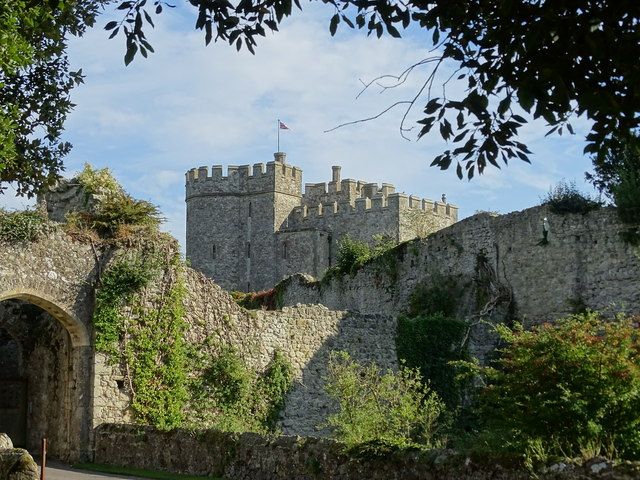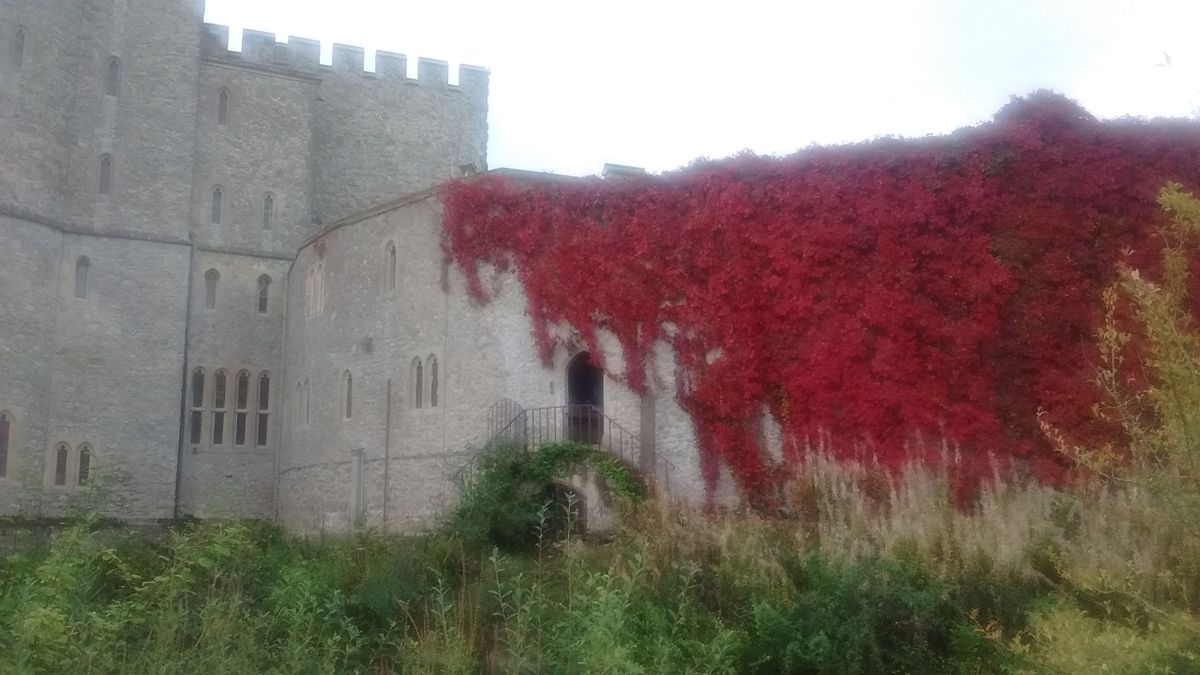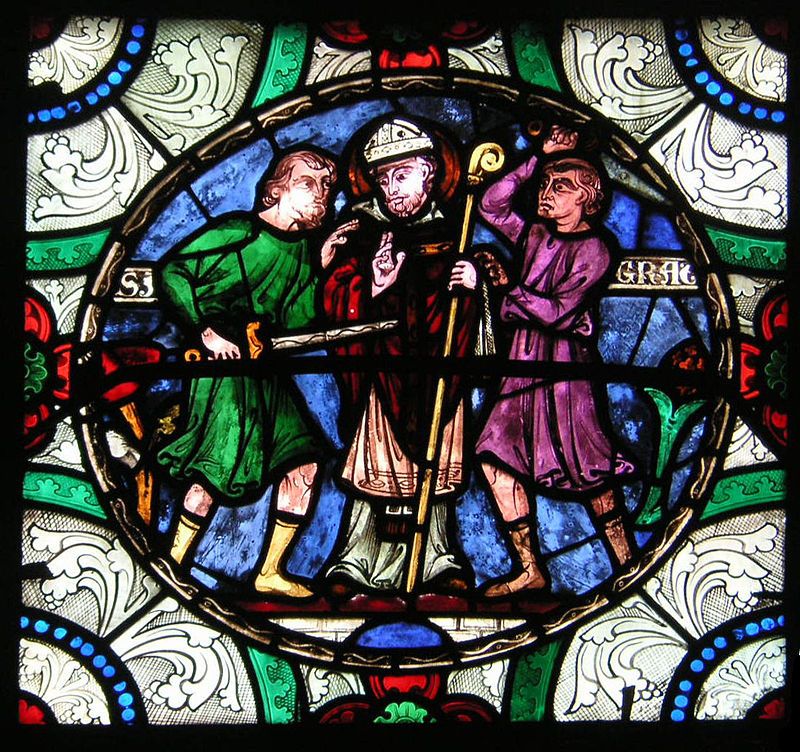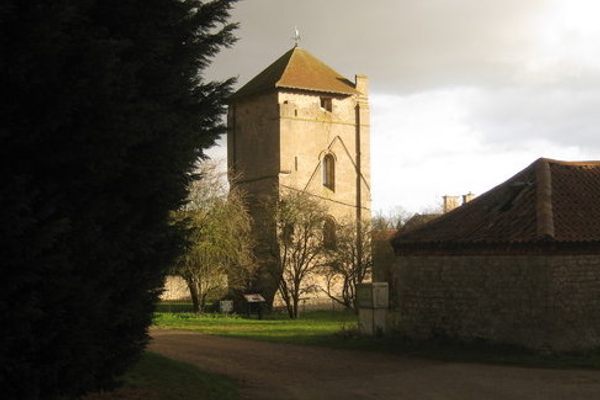About
Surrounded by woods in the small English village of Saltwood, there is a medieval castle with a long and bloody history. The castle has played a central role in everything from assassinations to the torture and burning of "heretics" to the grandiose invasion plans of a Nazi officer.
It is likely that this area of Saltwood has been inhabited since prehistoric times, due to its strategic position overlooking the English channel. Artifacts from as far back as the Bronze Age have been discovered in the nearby woodlands, indicating a long presence of ancient Briton Celtic tribes.
The first record of a fortification on the site comes from 488 CE, when Aesc, the King of Kent and son of an Anglo-Saxon warlord who conquered Britain, constructed a fortress there. After the Norman conquest of England in 1066, control of the area was bestowed by William the conquerer to the knight Hugo de Montfort. Perhaps anticipating Saxon resistance in the area, Montfort demolished the old fortress and created the present-day castle, refining its defensive capabilities to withstand attacks.
Later in its history, the castle was the setting for the medieval conspiracy that culminated in the brutal assassination of the Archbishop of Canterbury, Thomas Beckett. The baron in charge of the castle during that time, Ranulph de Broc, had a longstanding feud with Becket as a result of a clash of personalities, his excommunication, and de Broc's repeated attempts at extorting money from the clergy. He hosted the four knights at the castle during the planning of the assassination and is believed to have played a key role in the formation and execution of the plot. The next morning the assassin knights rode from Saltwood Castle to Canterbury, entered the cathedral, and set upon their target. After a fierce argument with Becket, one of the knights attacked the bishop and pushed him to the ground. Another of the assassins then delivered the killing blow by slicing the top of Becket's head off with his sword.
Further drama was to occur throughout the Middle Ages and early Renaissance period. In 1407 a prominent religious dissident and "heretic," William Thorpe, was imprisoned and interrogated at the castle where he endured horrific torture before escaping in a bizarre stroke of luck during an earthquake. Thorpe was later recaptured and burned at the stake, but his written account of his time at Saltwood was hidden by sympathizers and was later to be a key document used during the 16th-century religious reformation. A further earthquake in 1508 led to the collapse and ruin of several of the walls and some of the buildings themselves, and the castle remained uninhabited until the 19th century when a huge effort was made at restoration in 1888.
However, infamy continued to follow the castle. During the Second World War, the German Luftwaffe pilots conducting bombing raids in Kent were advised in no uncertain terms by their officers to avoid bombing or otherwise damaging the castle. After the war, it was revealed that this had been on the orders of the Nazi leader Hermann Göring. Göring had apparently held grandiose hopes that the castle would become his official residence in the U.K. once the invasion and occupation of Britain were successful, and so had wanted to keep the estate undamaged and looking at its best.
Related Tags
Know Before You Go
Located 1 mile north of Hythe in Kent. The castle is only open to the public for special events. Visit the website for a full schedule and details.
Visitors are, however, permitted to walk around the outside of the castle walls and admire its battlements and towers as these are public footpaths. Keep an eye out for the vibrantly colored peacocks that live on the castle grounds and that can be seen stalking around the outskirts of the walls and battlements in search of insects and roosting in the trees.
Published
November 20, 2018














































